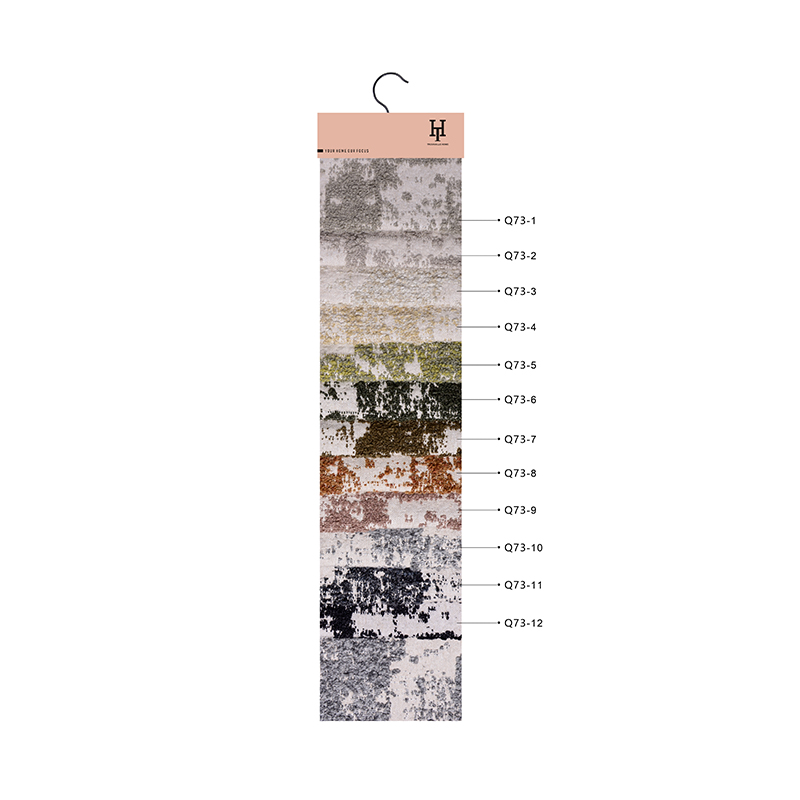Leather fabric design innovation: reshaping functions, culture and personalized needs
1. The connotation of design innovation
Design innovation is not only a change in appearance, but also a deep exploration and reshaping of product functions, user experience and cultural connotations. In the field of leather fabrics, design innovation is reflected in the following aspects:
Material and process innovation: Traditional leather fabrics may be limited by the characteristics of the material itself, such as weight, breathability, wear resistance, etc. Design innovation introduces new synthetic materials or improves traditional processes, such as using environmentally friendly leather and nano-coating technology, so that leather fabrics can maintain their original texture while being lighter, more breathable, and more wear-resistant, meeting a wider range of usage scenarios.
Color and pattern innovation: Color is the most intuitive way of expression in design language, while patterns are the carriers of culture, emotion and personality. Design innovation creates leather fabrics that are both in line with the trend of the times and rich in cultural heritage by boldly trying new color combinations, using modern digital printing technology to achieve accurate presentation of complex patterns, and combining fashion elements and regional cultural characteristics.
Functional and personalized innovation: With the growing demand for functionality and personalization of leather fabrics, design innovation has begun to focus on how to give leather fabrics more practical functions, such as waterproof, antifouling, antibacterial, etc., and meet consumers' personalized needs and enhance the added value of products through modular design, customized services and other means.
2. The importance of design innovation
Improve market competitiveness: In a highly competitive market environment, design innovation is the key for leather fabric suppliers to stand out. By continuously launching novel and unique designs, companies can attract consumers' attention and enhance their brand image, thereby occupying a favorable position in the fierce market competition.
Meet consumer needs: With the improvement of consumers' aesthetic level and personalized needs, traditional single leather fabrics have been difficult to meet market demand. Design innovation creates products that meet consumers' expectations by deeply understanding consumer needs and combining fashion trends, thereby enhancing consumer satisfaction and loyalty.
Promote industrial upgrading: Design innovation is not limited to the product itself, but also includes the optimization and upgrading of the entire production process. By introducing new technologies and new materials, improving production efficiency and product quality, while reducing the impact on the environment, the leather fabric industry is driven to develop in a more green, intelligent and efficient direction.
3. Practical cases of design innovation
Innovative application of environmentally friendly leather: In recent years, with the enhancement of environmental awareness, more and more leather fabric suppliers have begun to develop and promote environmentally friendly leather. These environmentally friendly leathers not only reduce the emission of harmful substances during the production process, but also are not inferior to traditional leather in performance, and even surpass them in some aspects (such as wear resistance and breathability). Design innovation applies these environmentally friendly leathers to furniture, clothing, automotive interiors and other fields, which not only meets consumers' demand for environmentally friendly products, but also enhances the market competitiveness of products.
Digital design and customization services: With the development of digital technology, the design and production process of leather fabrics has become more flexible and efficient. Through digital design software, designers can quickly draw out a variety of design schemes and adjust parameters such as color and pattern in real time, greatly shortening the design cycle. At the same time, combined with advanced technologies such as 3D printing and laser cutting, leather fabric suppliers can provide consumers with personalized customization services to meet their pursuit of unique design and personalized needs.
Cross-border cooperation and cultural integration: Design innovation is also reflected in cross-border cooperation and cultural integration. Through cooperation with fashion brands, artists, designers and other fields, leather fabric suppliers can absorb inspiration from different fields and create products with unique cultural connotations and artistic value. These products not only satisfy consumers' pursuit of beauty, but also promote cultural exchange and dissemination.




















